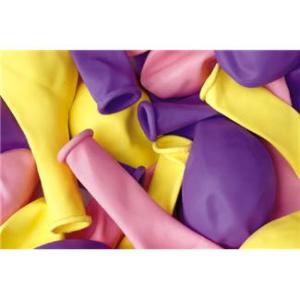 Probably not the best time of year to start planting, but on advice from a friend that is wise about these matters, I put in the first of the home grown oak trees just after the first Autumn Full Moon.
Probably not the best time of year to start planting, but on advice from a friend that is wise about these matters, I put in the first of the home grown oak trees just after the first Autumn Full Moon.
The soil was just a shade softer than concrete. It’s a heavy clay and as the summer sun has dried out the moisture and the grass has died back and gone crispy and crunchy underfoot, a pick was required to loosen the soil. After digging just four holes, I was dreaming of a mechanical auger to do the holes for the next 10 or so trees that are waiting to be planted out, until I read the reviews on several sites and forums.
The first of the composted toilet bins has gone beyond 12 months of “cooking” in the sun, so once a deepish hole (around 500mm) was dug, half a bucket was tipped into each oak tree hole and mixed with the soil to help with drainage and feed the trees. Surprisingly, there was very little odour, so I assume that the composting has been successful.
 Stakes and tree guards were put around the two Oak trees and the two Pomegranate trees that were planted and watered in well. Another acorn was planted directly into the ground next to the passionfruit vine which on this visit was looking decidedly unwell. I had planned to move it to a less sunny spot as “full sun” up here is equivalent to baking and crisping!
Stakes and tree guards were put around the two Oak trees and the two Pomegranate trees that were planted and watered in well. Another acorn was planted directly into the ground next to the passionfruit vine which on this visit was looking decidedly unwell. I had planned to move it to a less sunny spot as “full sun” up here is equivalent to baking and crisping!
Having discovered that a reasonably liberal sprinkling of gypsum throughout the labyrinth has made the soil there a little easier to dig, I will take up a couple of bags on the next visit to apply before putting in the next trees and see if it works it magic again.
The driveway has a collection or avenue of native trees such as wattles, eucalyptus and pinwheel hakeas as one heads up from the roadway towards the cottage and shed. Most of the property was pasture at some stage, with a remnant stand of Bull Mallee trees at the high point and some tall eucalyptus trees on the lower slopes, which I usually refer to as the “wild area”. One can choose to continue driving along the fence line or turn east along the edge of the “wild area” towards the astronomy dome which sits like a lonely Dalek in the paddock. It is along this area that I will create (if nature and the wildlife allow) a deciduous avenue of oak trees -perhaps in the future they will become the backdrop to a garden of a house yet to be dreamed of, let alone built. Planning the future plantings and ensuring a good water supply for the cottage, the labyrinth and the trees changes as the land reveals itself takes time and careful consideration.
 Each trip has different highlights. Often it is to note the changes of season, or to walk the labyrinth or to roam the property and catch the energy of the land. Nights are interesting, even though I have vivid dreams in the city, the dreams here are lucid and have characters who seem to have stepped out of a time long gone. Another friend who is a gifted psychic, has suggested I’m picking up on the energy of the goldrush days and the colourful characters that roamed this area back then. Whatever it is, I’m quite happy to go with the flow and enjoy the peaceful environment and work on restoring the land gradually and along permaculture principles.
Each trip has different highlights. Often it is to note the changes of season, or to walk the labyrinth or to roam the property and catch the energy of the land. Nights are interesting, even though I have vivid dreams in the city, the dreams here are lucid and have characters who seem to have stepped out of a time long gone. Another friend who is a gifted psychic, has suggested I’m picking up on the energy of the goldrush days and the colourful characters that roamed this area back then. Whatever it is, I’m quite happy to go with the flow and enjoy the peaceful environment and work on restoring the land gradually and along permaculture principles.






